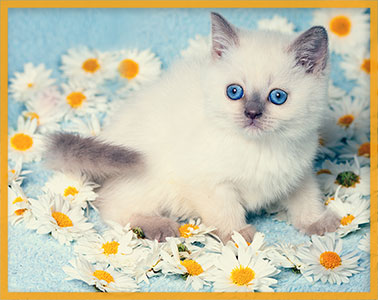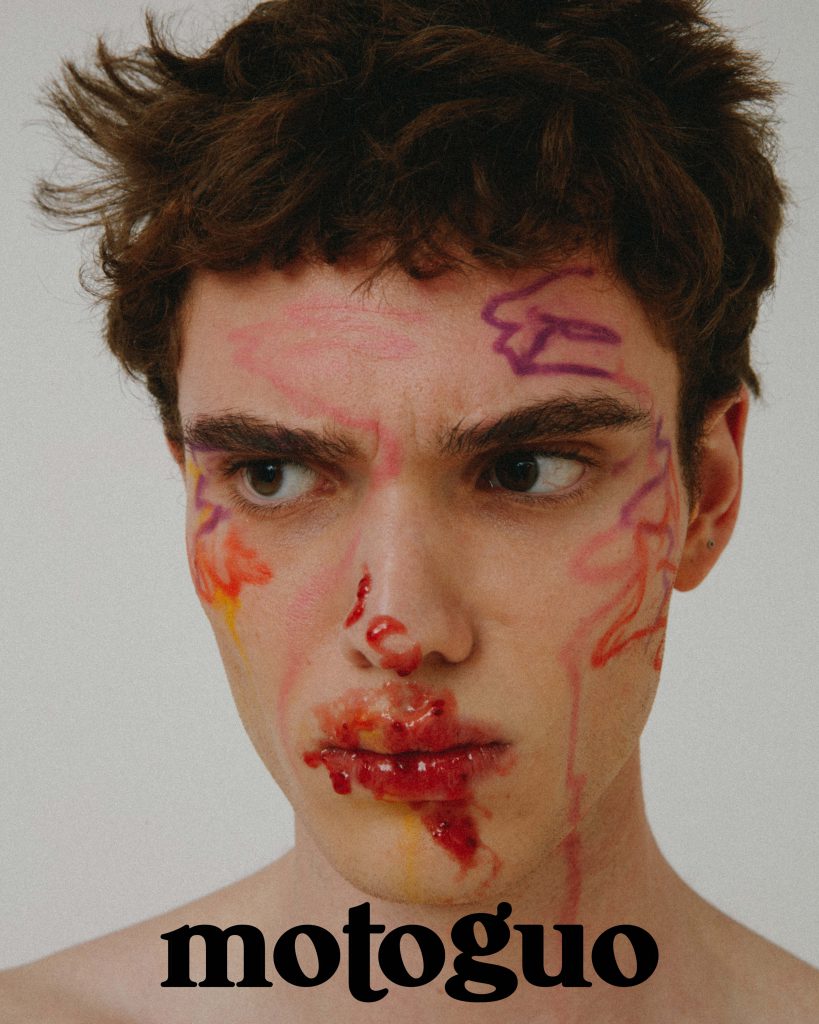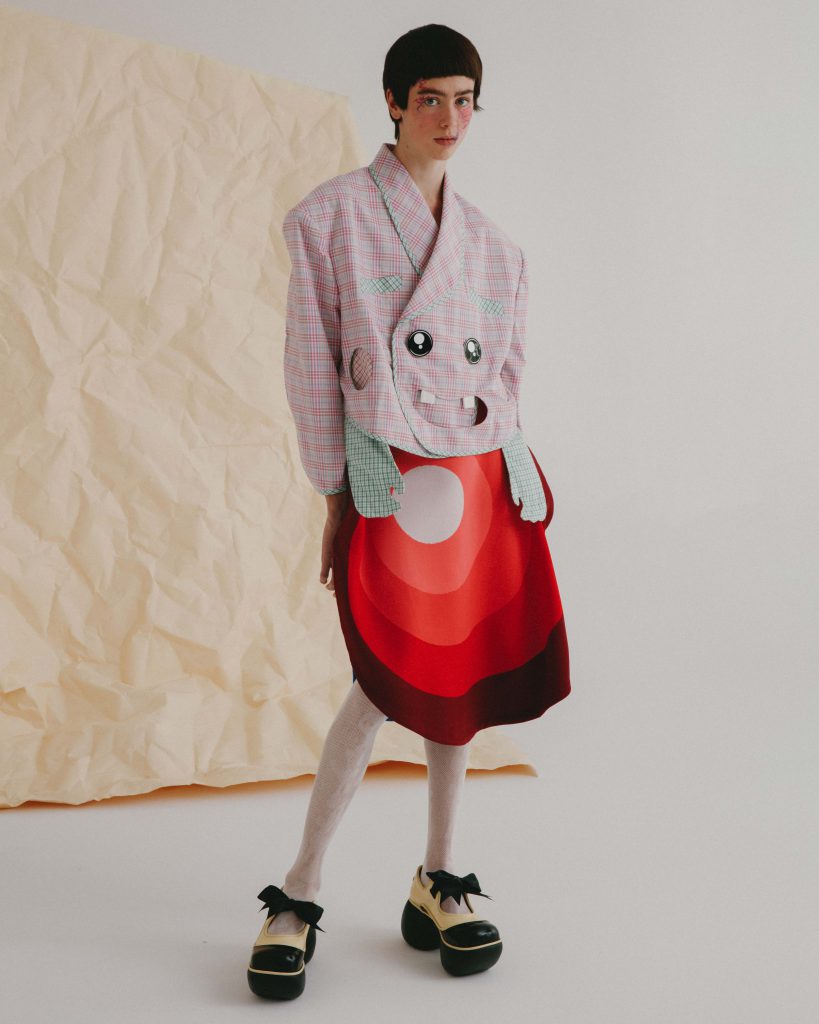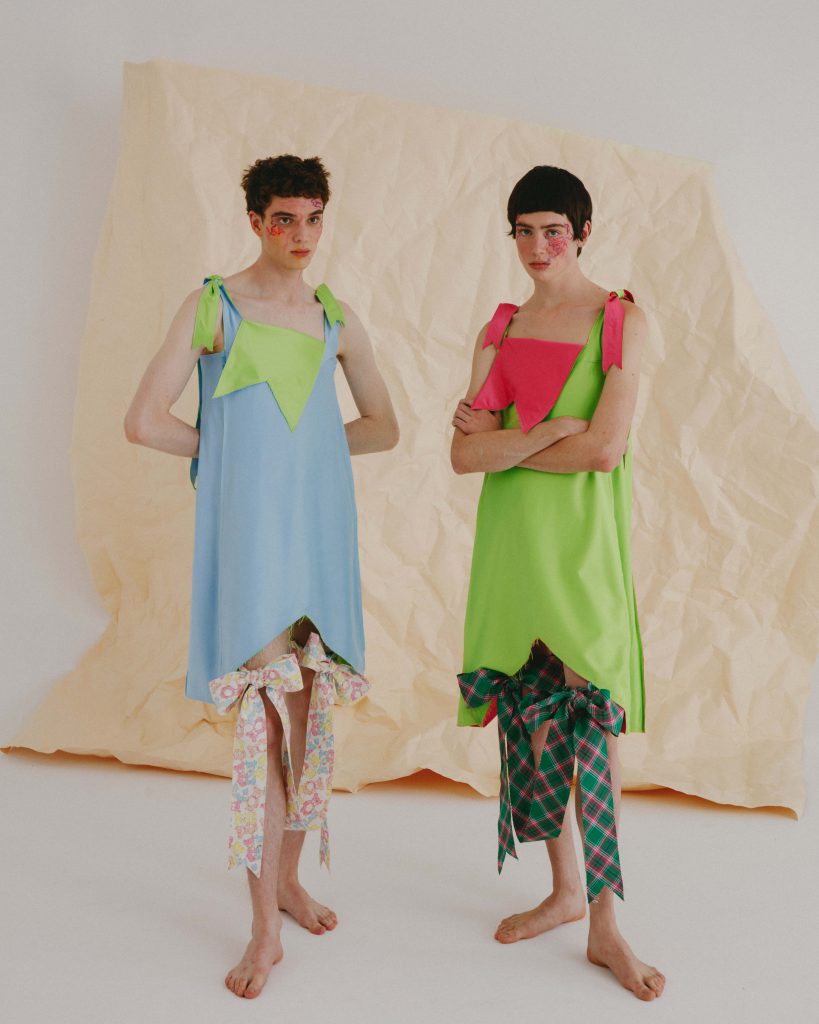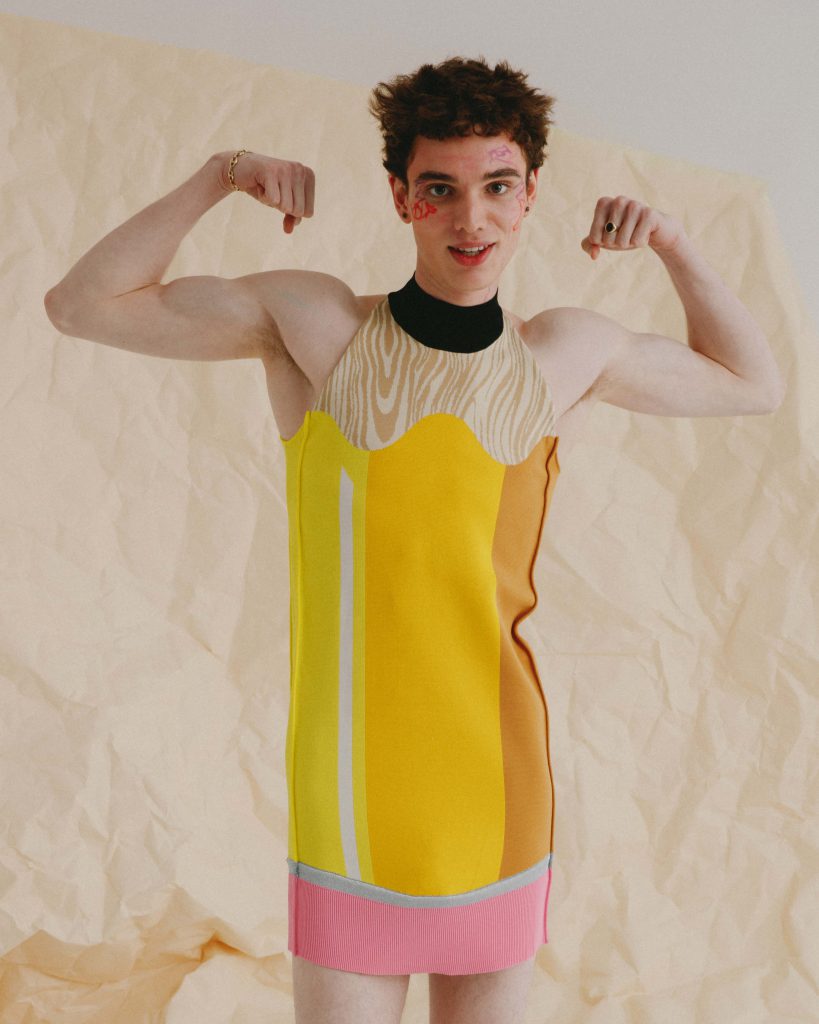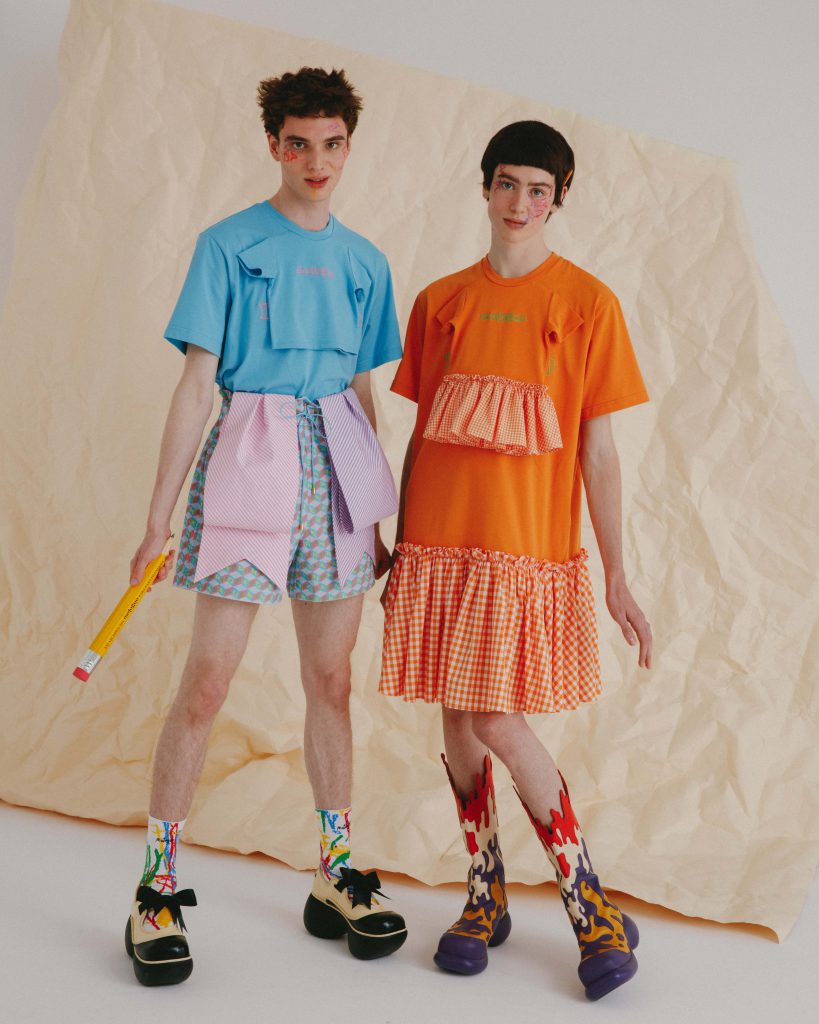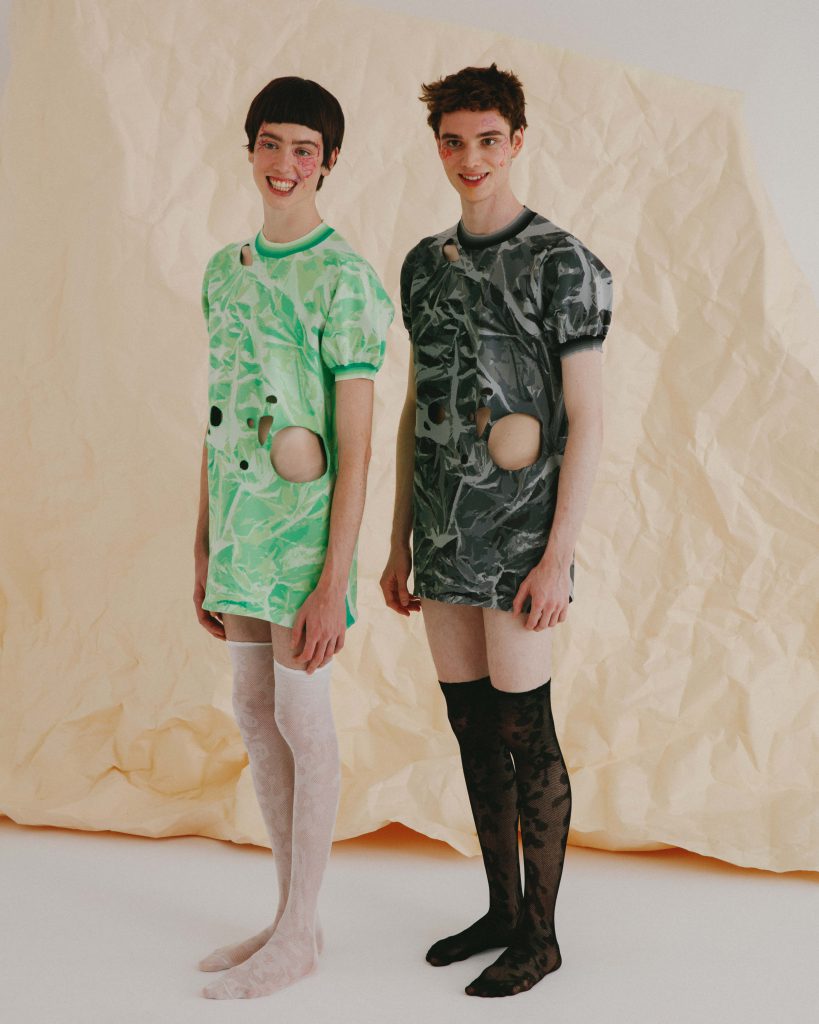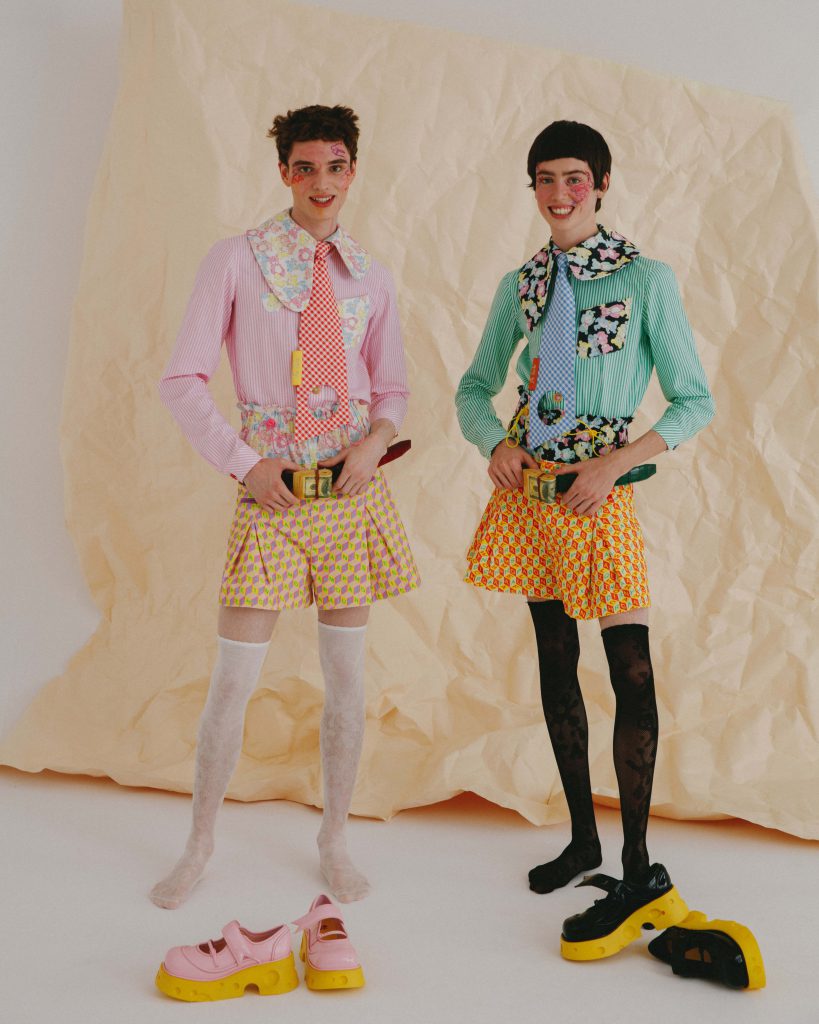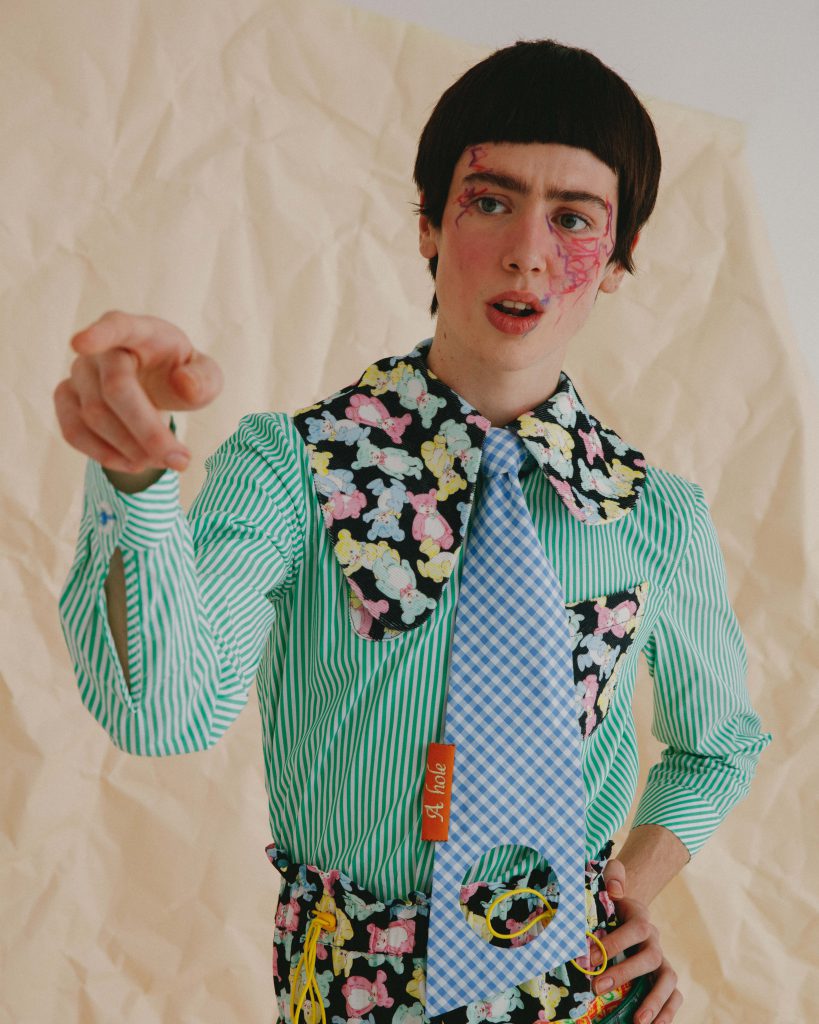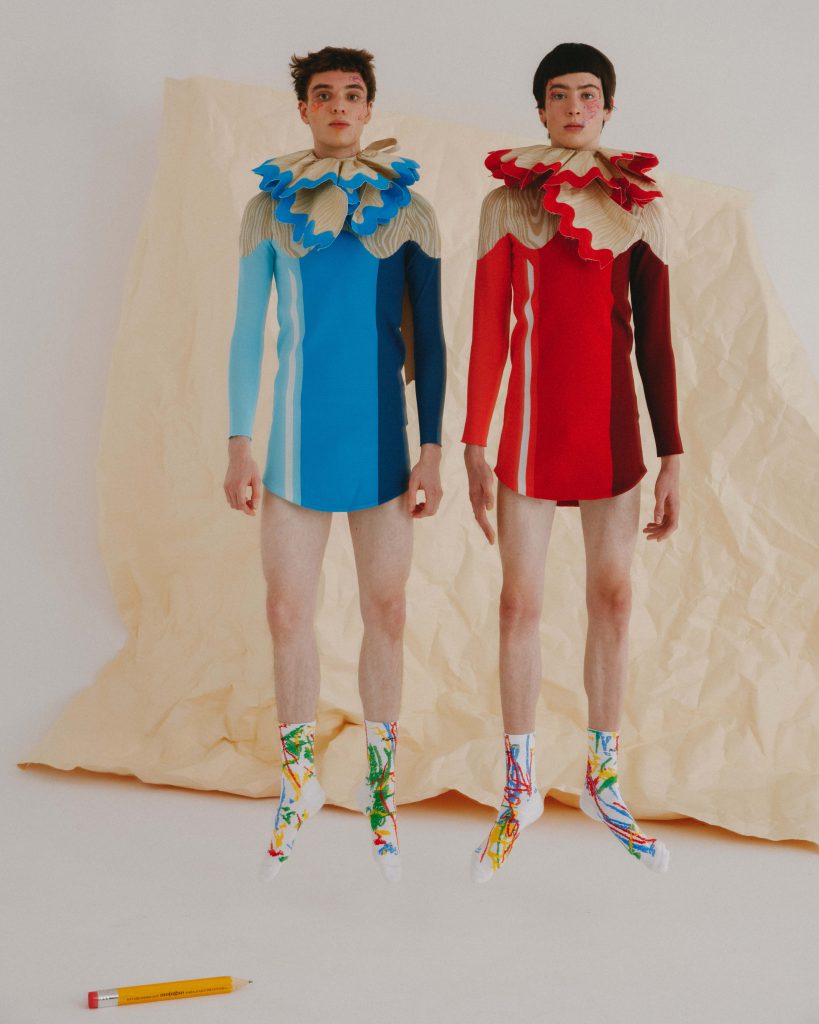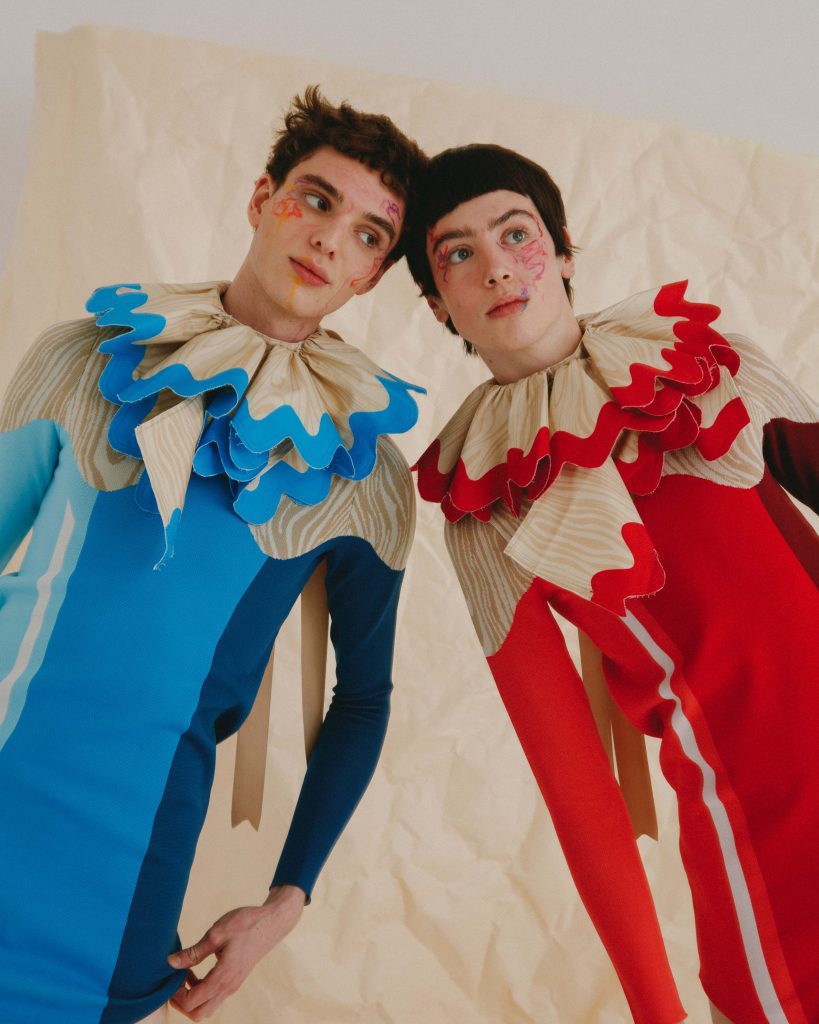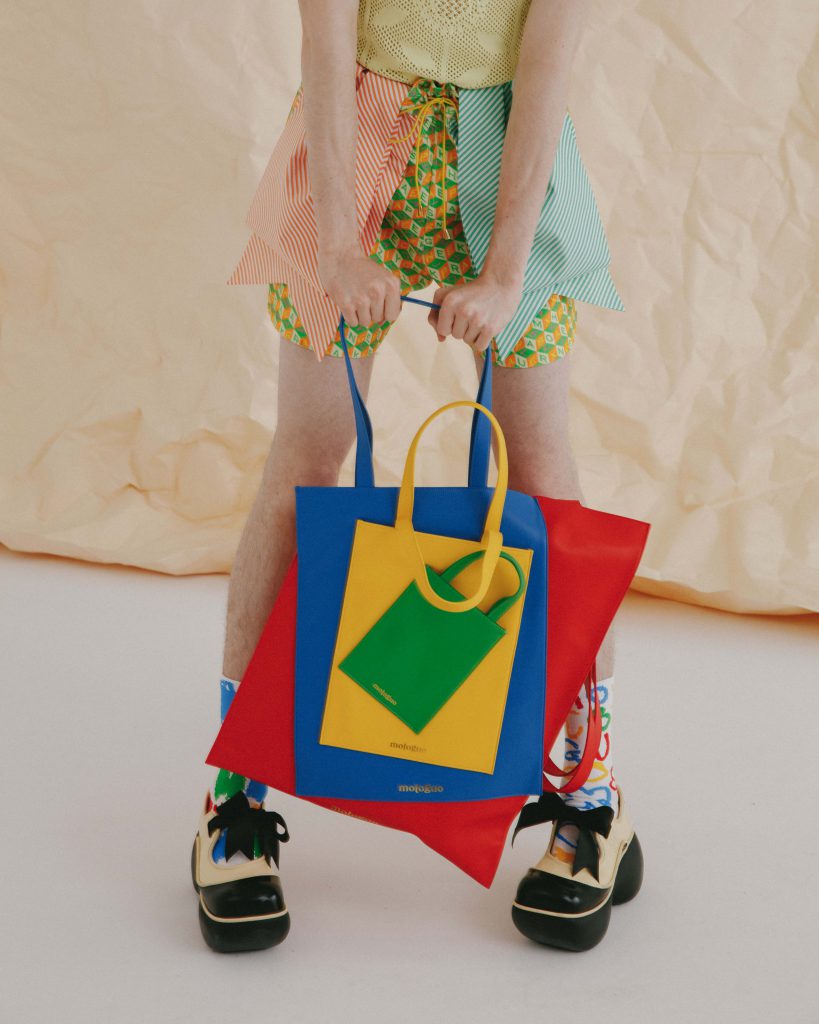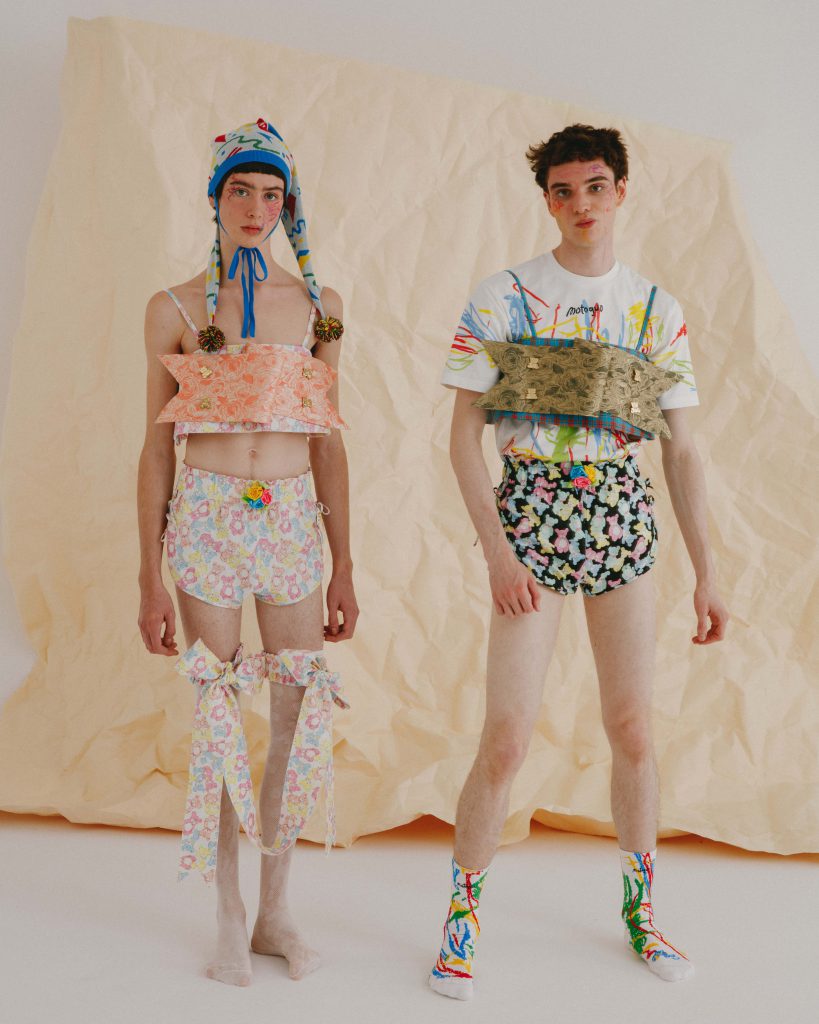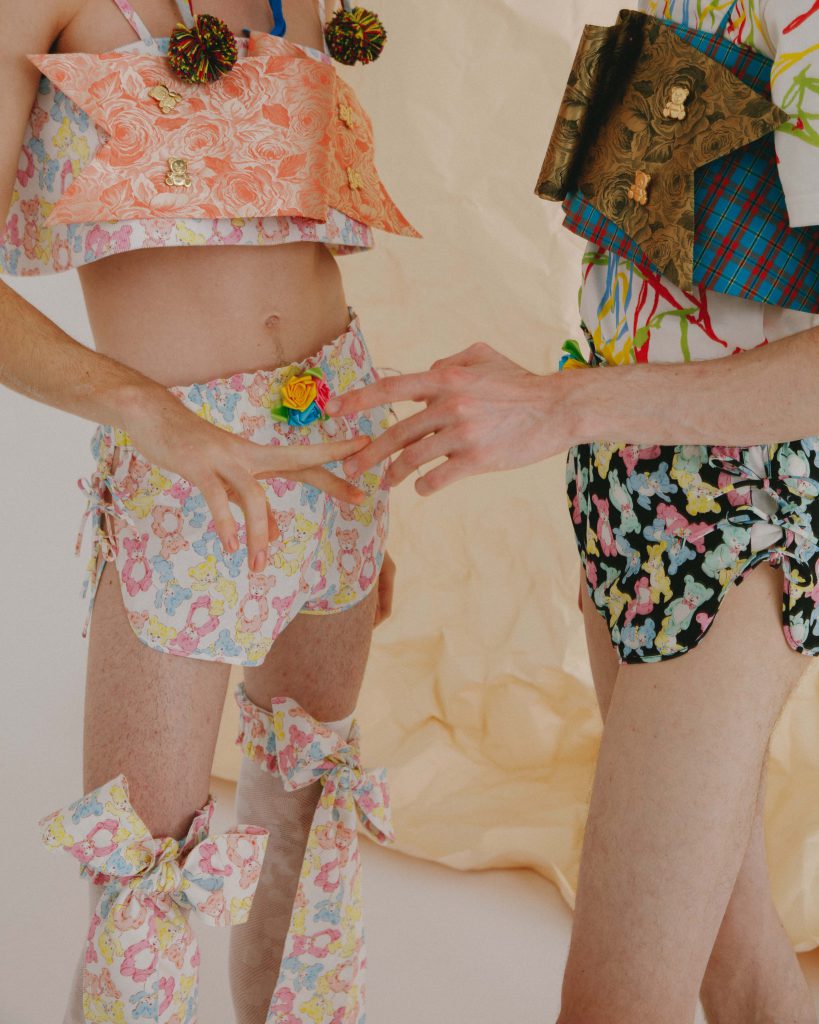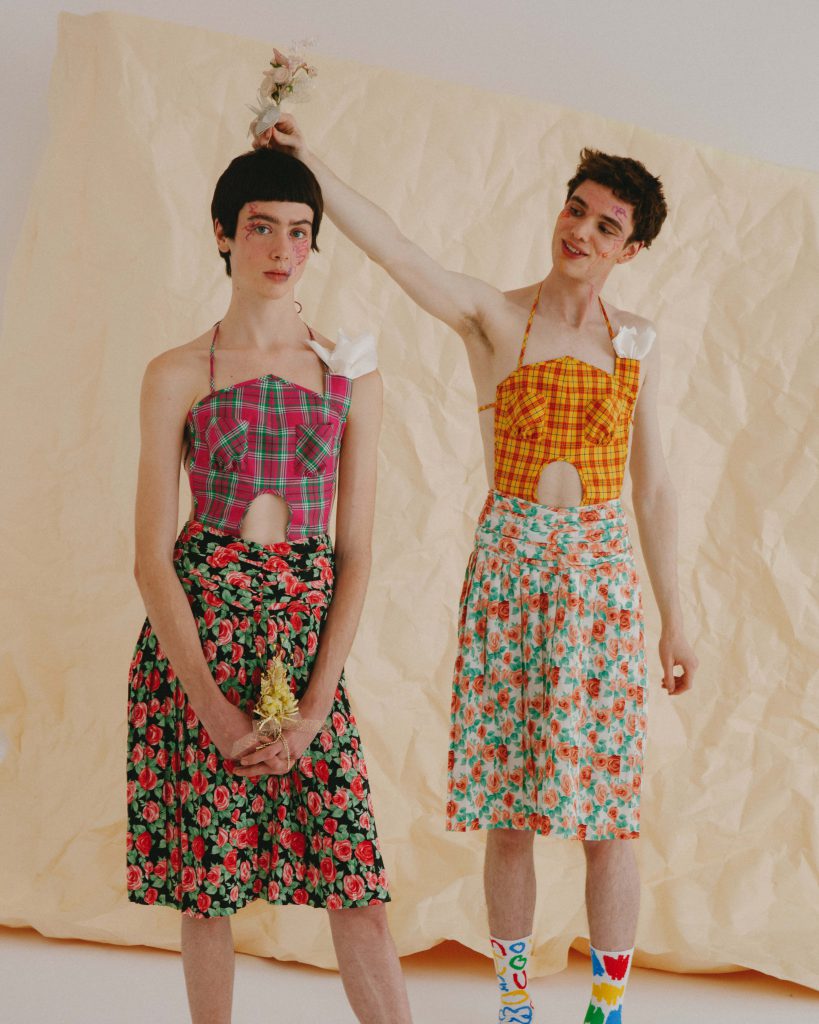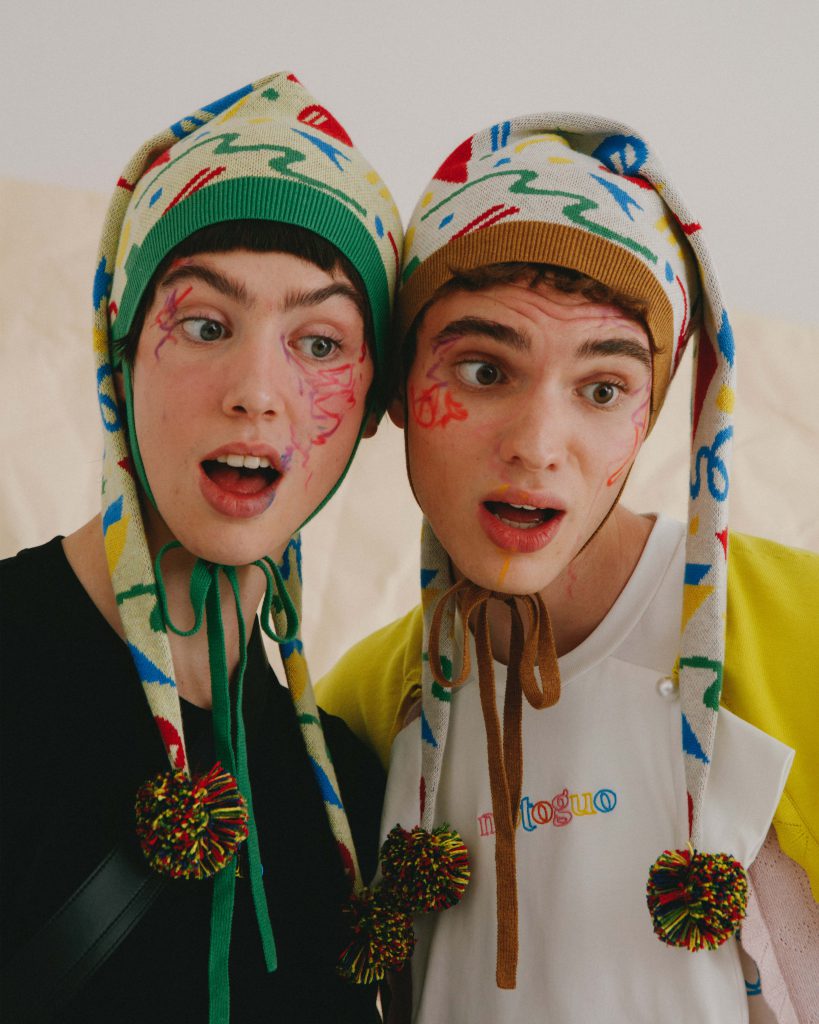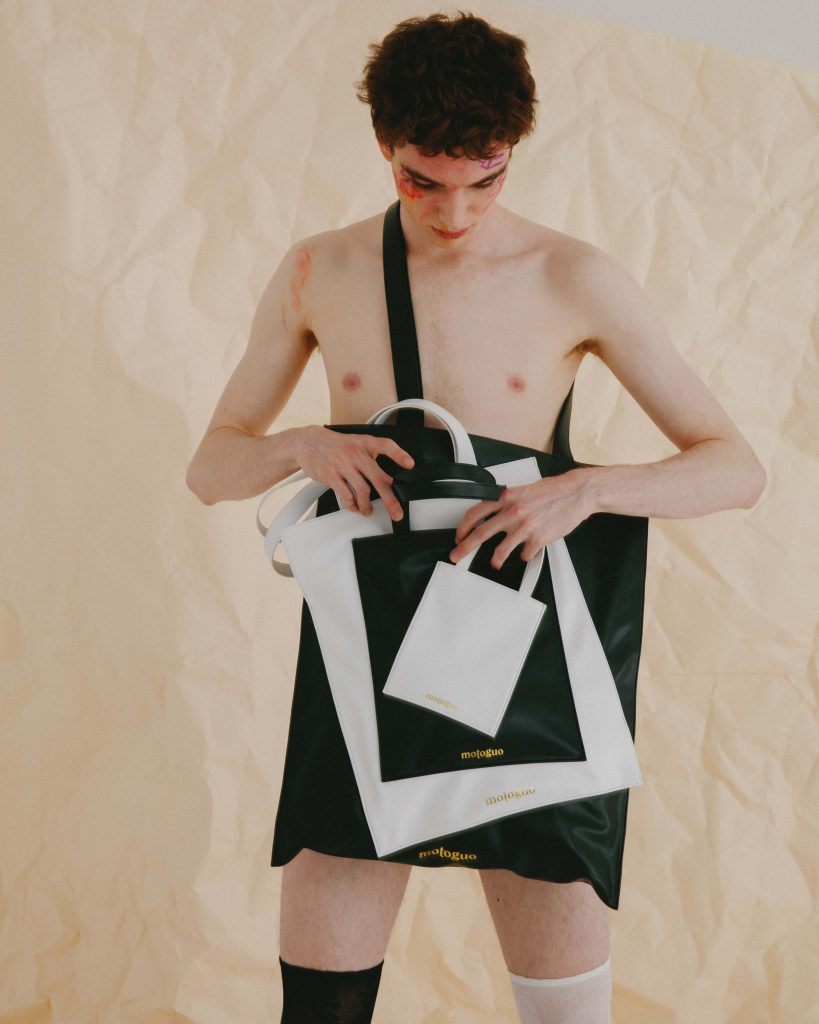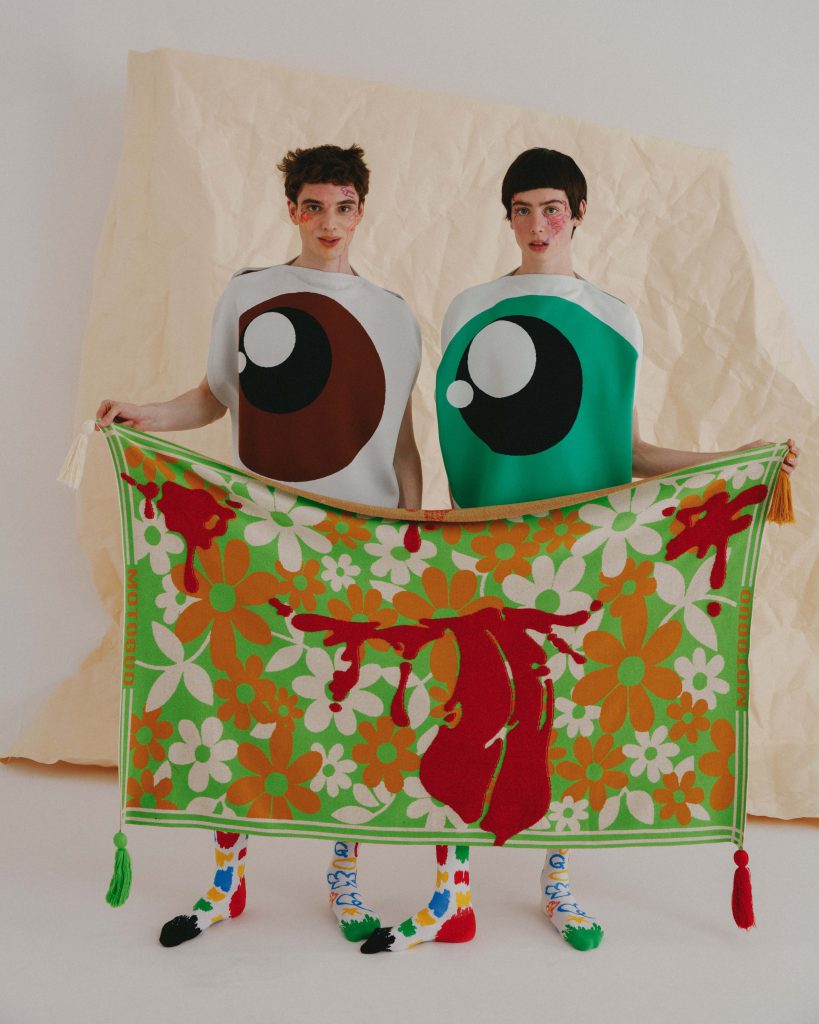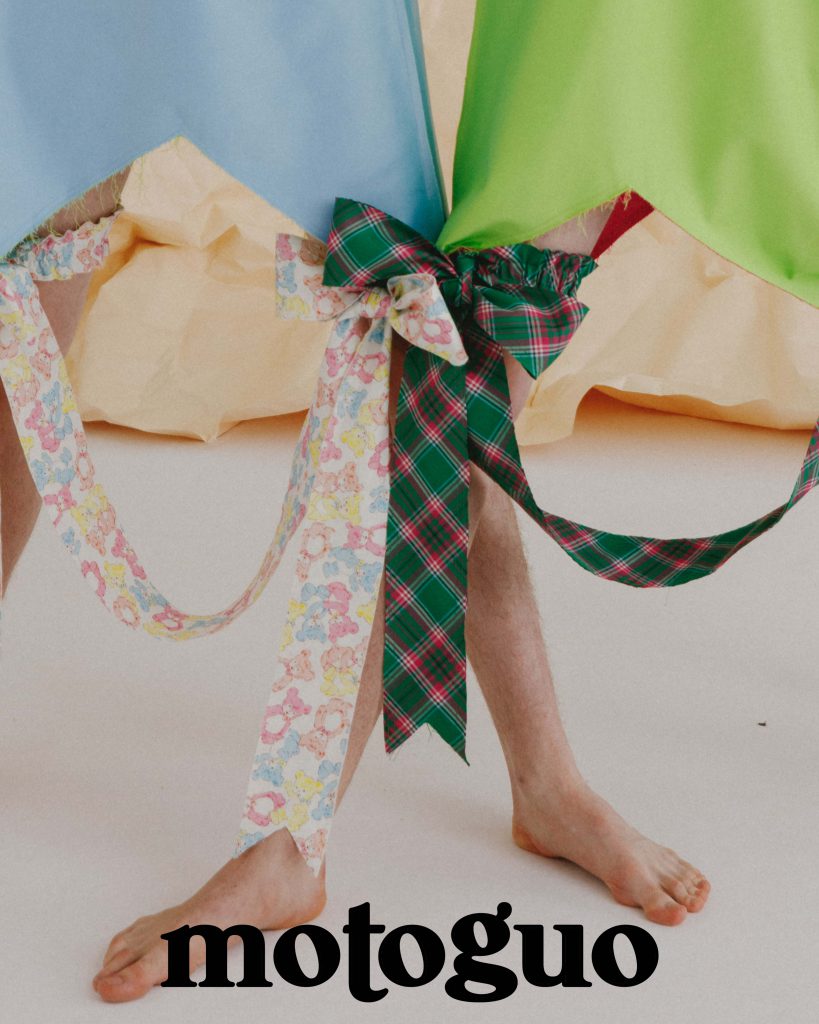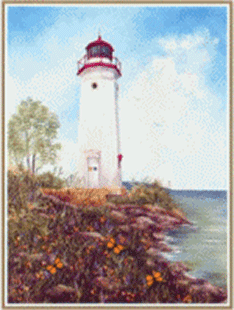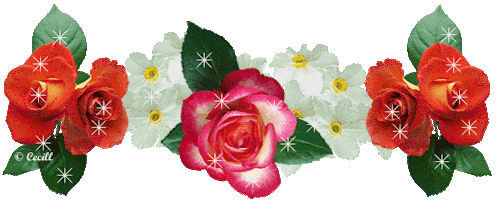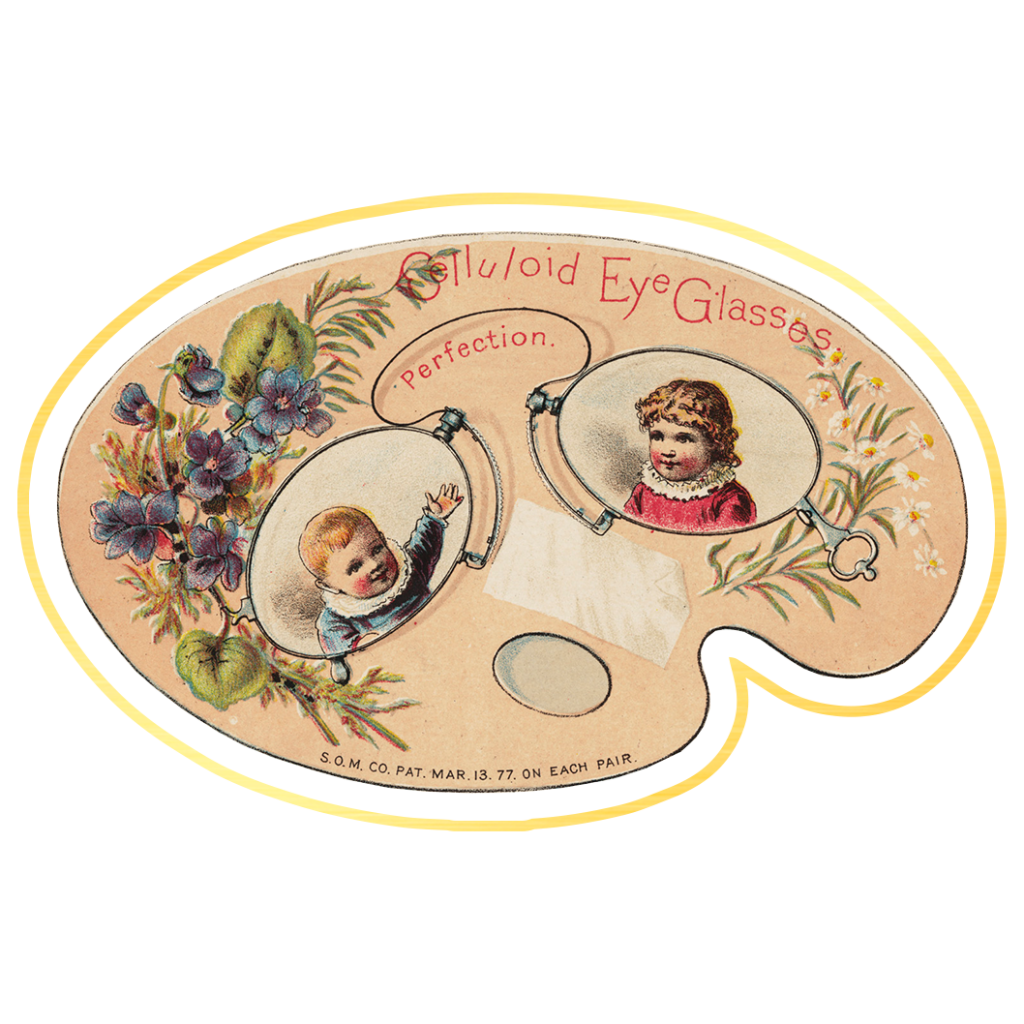
Para-Pará Phantasia’s overarching theme is extracted from Kinder’s personal experience of a dream birthed from a looming source of intense stress. The fine line between reality and dream state is further blurred when he experiences a foreshadowing of events that links closely to his predicament in real life. This bizarre phenomenon brought forth the season’s theme of dreams and imagination as the label flirts with the idea of “Phantasia”
The prefix of the collection’s name — “Para”, loosely references the terms paracosm and pareidolia, the former, a vivid imaginary world that holds an intimate connection with its creator and the latter, a human tendency to impose a meaningful interpretation onto a somewhat insignificant “object”. It is a nod to the ever-imaginative children who would conjure a realm from sheer imagination to house their biggest desires and everything full of mirth that they have an affinity for.
Known for it’s exploration of a myriad of themes surrounding nostalgia, the label dives headfirst into the narrative of “whimsical childhood familiarity” as the collection comes to life in a familiar house setting this season. Peeking in; you see giggly children in their playroom, the flickering television in the living room, the hushed tete-a-tete between parents in the studies and the escapade of mice around the kitchen. From the silhouettes, prints, fabrication to the minute details of this collection, much of the garments revamp domestic elements with a tinge of playfulness that motoguo is known for.
Innocence with a twist of perversity is once again to be expected from a motoguo collection, but more pertinent than ever through the erratic yet imaginative eyes of a child in this collection.
The underlying theme of “Phantasia” extends itself to the appearance of imaginary friends. Personification of toys, crayon marks and hidden easter eggs are adopted abundantly to showcase the presence of an imaginary figure lurking around the collection. Maleficent or benevolent, that’s a question for another day.

